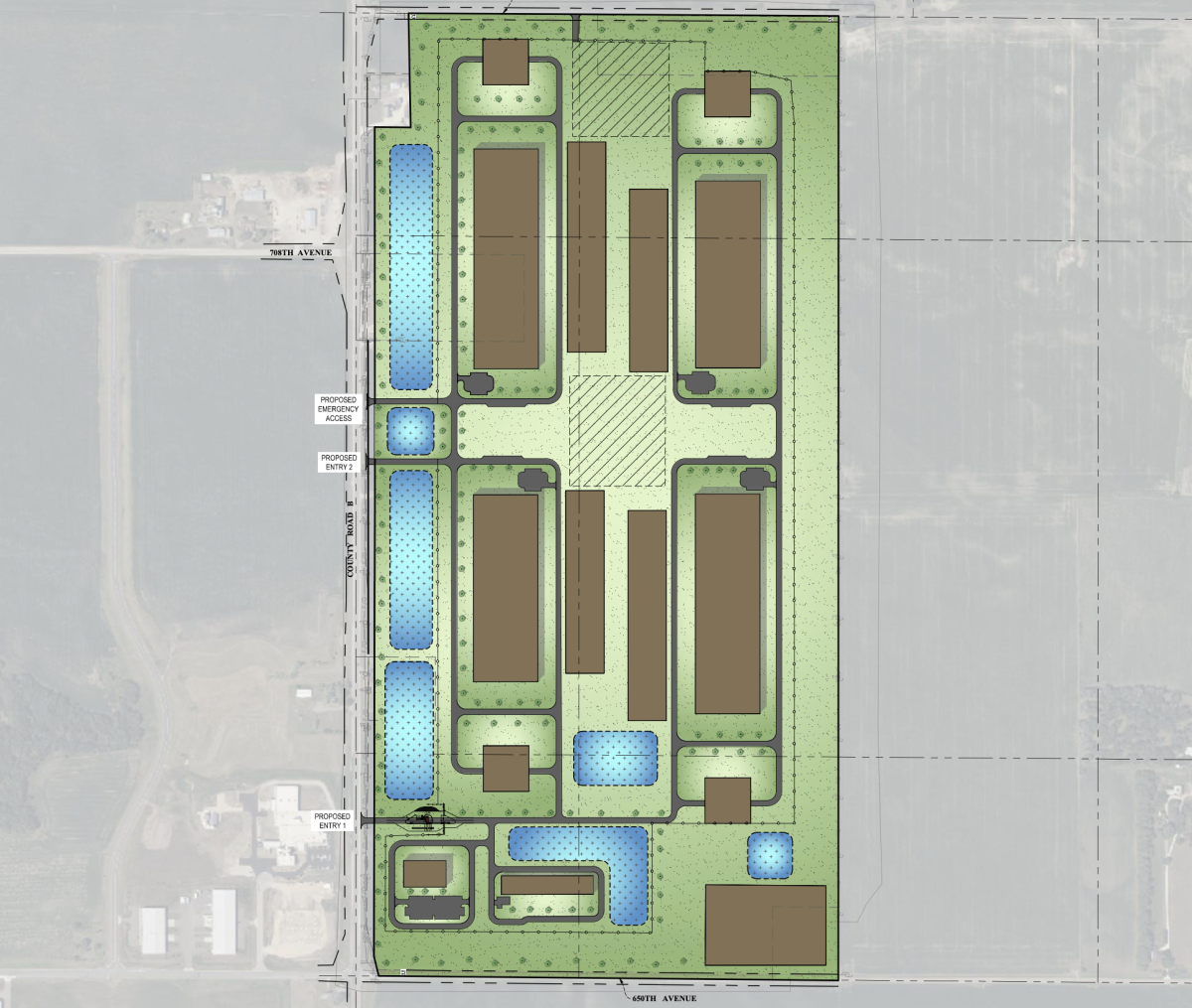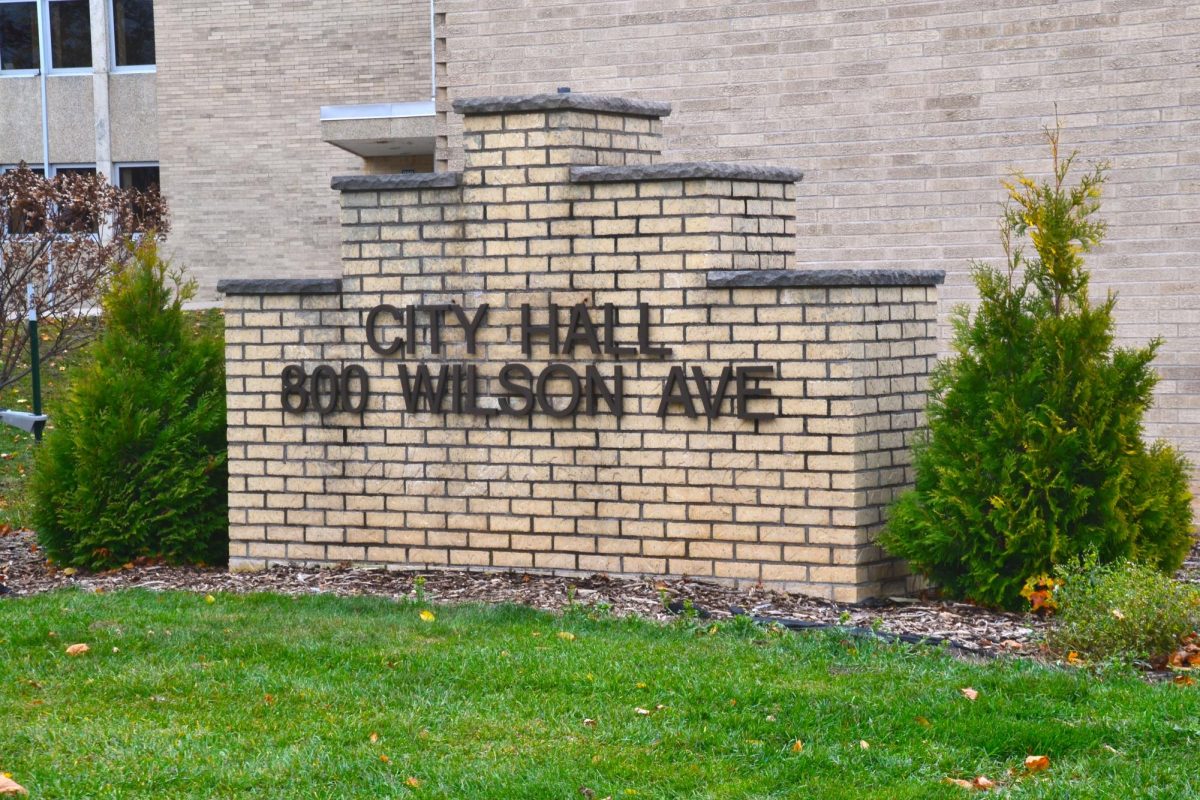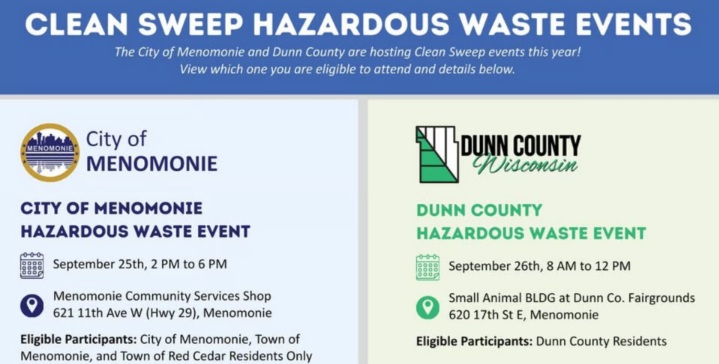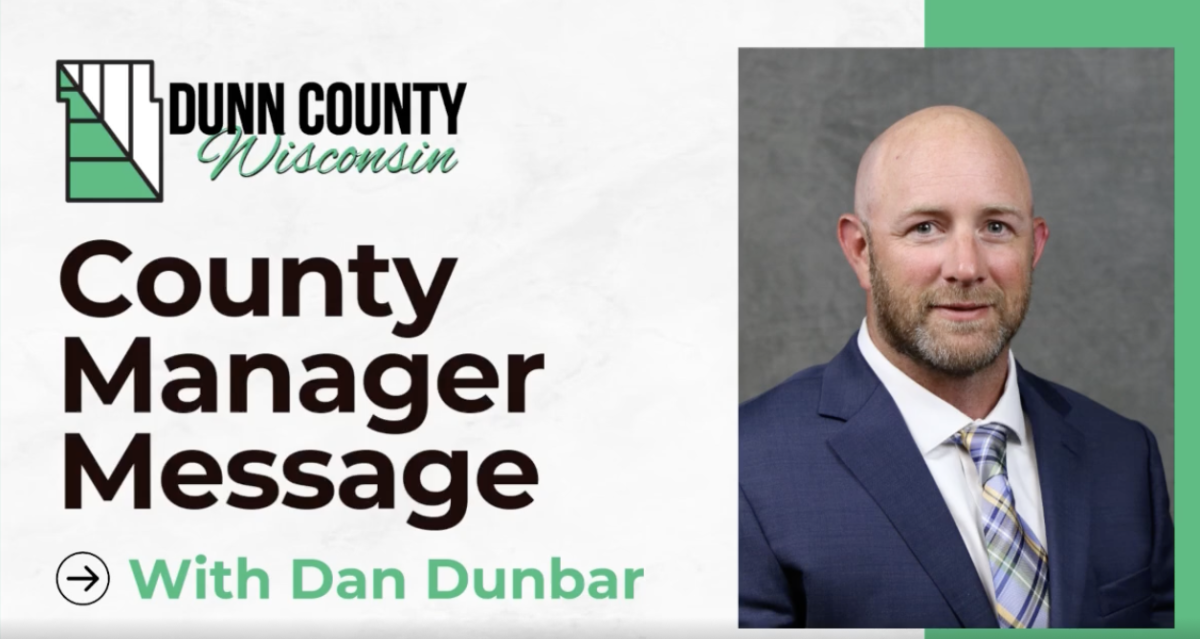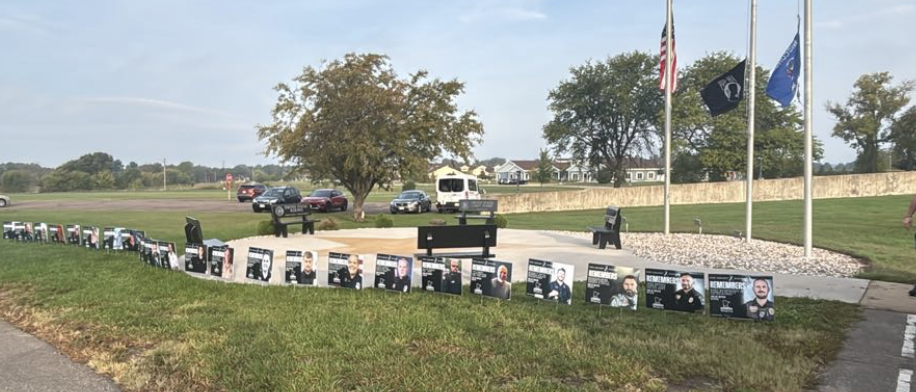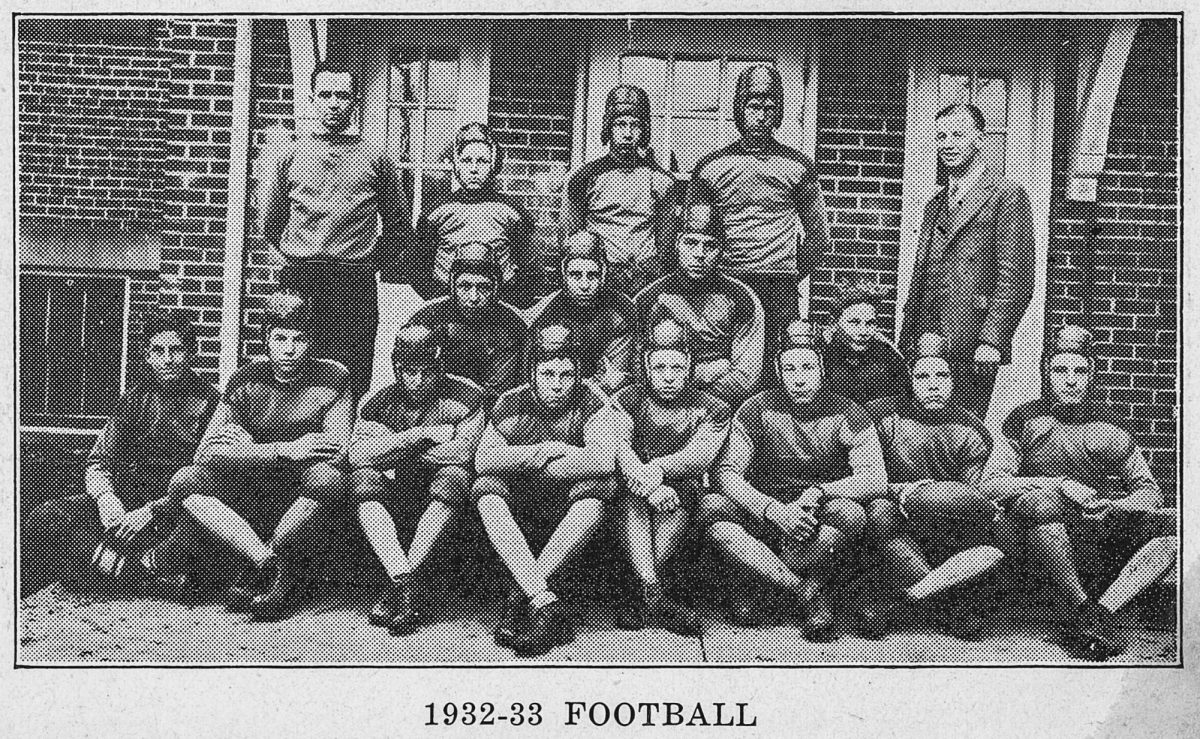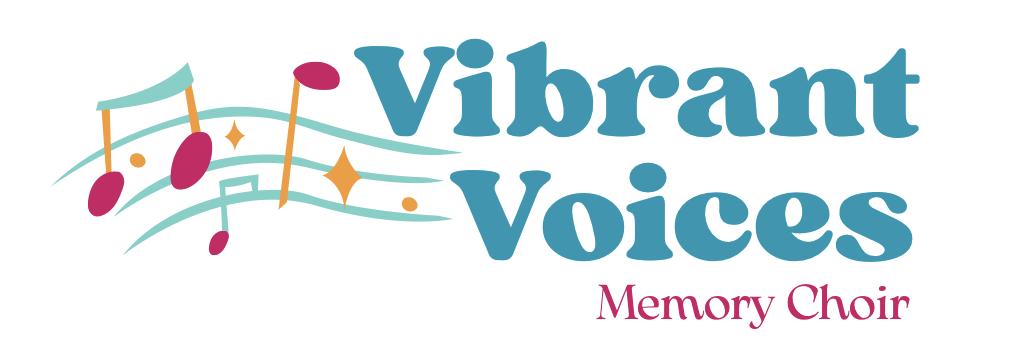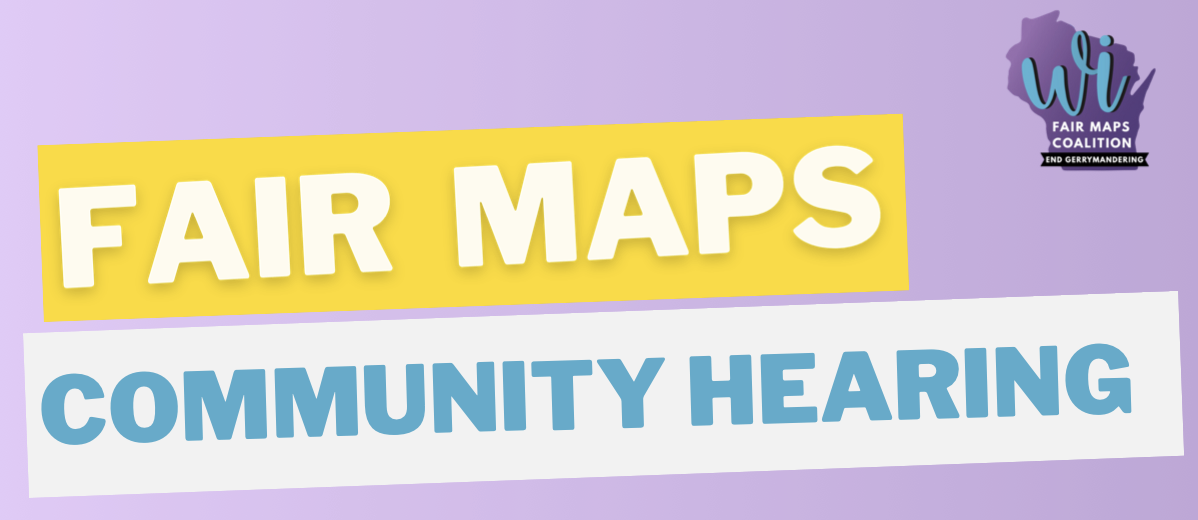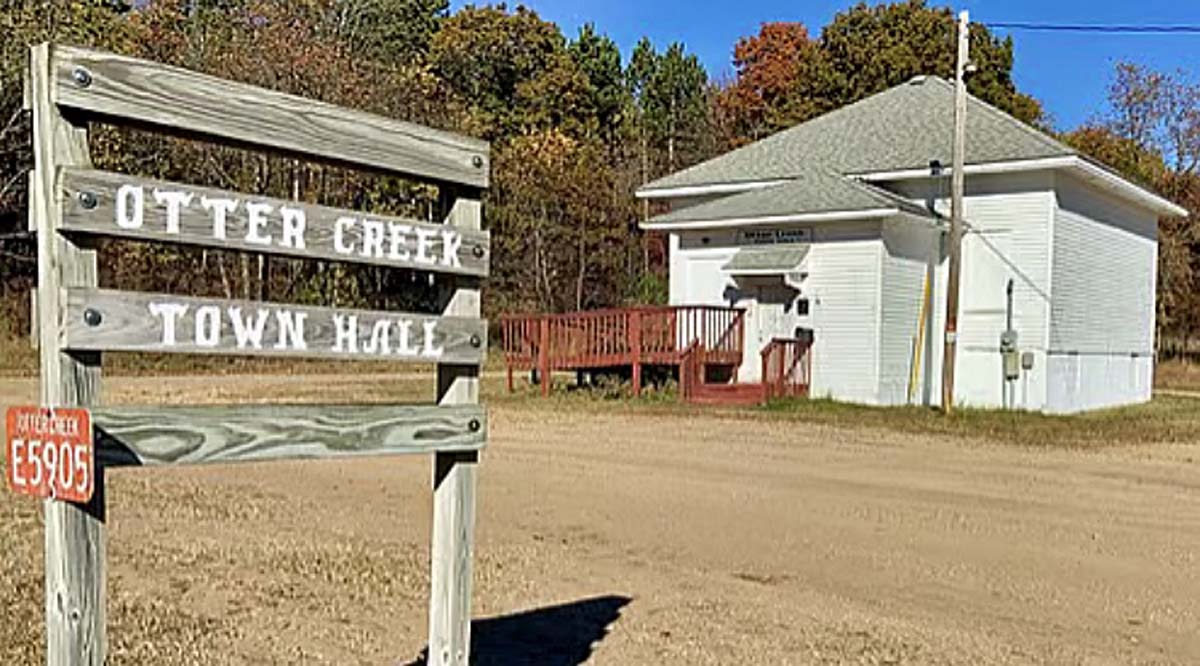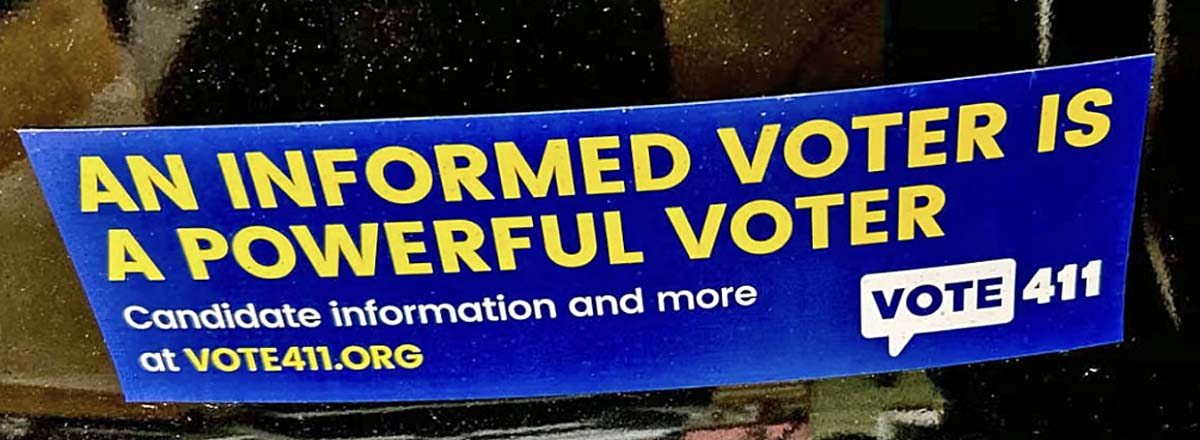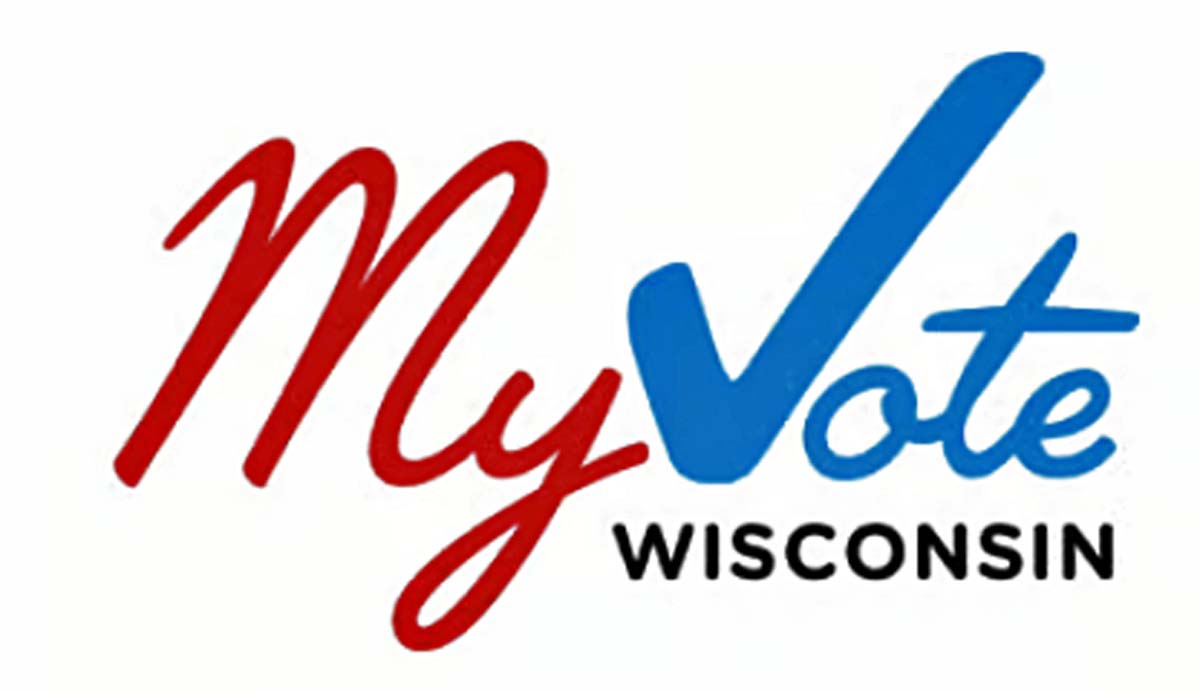For Officer Aaron Bergh, the despair among residents he sees as Menomonie Police Department’s “boots on the ground” liaison for Project Hope is the hardest part of the job. Most of the adults he works with — almost 300 since 2022 — are struggling with some kind of substance abuse, putting them at risk for incarceration. Others are struggling with homelessness or are elderly with no family support.
Project Hope is a collaborative effort involving law enforcement, social workers and paramedics whose goal is to intervene early to keep people out of the criminal justice system by getting them the support they need as quickly as possible as well as helping them become self-reliant members of the community.
Origin story
In 2020, the city of Menomonie launched Project Hope to focus on juveniles at risk. Awarded $600,000 in federal funding through the Comprehensive Opioid Stimulant and Substance Use Prevention Program in 2022, the project was expanded to cover adults at risk. Funding was recently increased to $1 million for 2026-2028 to increase staff from one police officer to include case workers and a project manager.
Law enforcement has traditionally been reactive – waiting for crimes to occur and then reacting to them. Project Hope’s approach is to head off crime before it happens, primarily by identifying people at risk of incarceration and intervening early.
How it works
Early identification can happen in numerous ways. Individuals can self-refer through a “safe space” program, which is HIPAA-compliant, confidential and doesn’t risk incarceration. Others might be referred by a probation officer or other community member – a social worker, family member, counselor, medical provider, even the library. Bergh might reach out proactively If he notices that someone is appearing regularly in city dispatch calls for service.
The scope and variety of need in Menomonie is revealed through the calls that Bergh responds to. He might get a call about someone struggling with drug abuse. For example, someone might be struggling to clear the drug paraphernalia from their residence so they can get through a recovery program. He has received calls from hospital discharge coordinators when an elderly patient was being discharged with nowhere to go or alerting him to homeless individuals.
The resources that Project Hope can offer people in crisis include rent money, security deposits, phones to stay in touch, tents for homeless people, rides to appointments, referrals to treatment services, assistance with filling out applications for housing and treatment or referrals to medical providers for health care and detox.
Bergh also follows up regularly to check on participants’ welfare and progress, which may be the greatest resource he provides – the knowledge they are not alone. He emphasizes that these resources are not “handouts”. They are a path to self-reliance.
Project Hope Stories
Rebecca Stender called on Project Hope for assistance when her husband, an ex-Marine struggling with PTSD and alcohol addiction, ended up in the local emergency room following a car accident. When attempts at a blood draw triggered a PTSD reaction, Bergh helped calm the situation sitting with Stender until he could be transferred to another facility. He continued to check in on Stender’s progress for several months. Stender’s wife was grateful for Bergh’s ability to turn around what could have been a very bad situation in the ER, and for his compassion and continuing interest in her husband.
Nathan Landry echoes this gratitude. Four months after being released from a stint at the Dunn County Jail for issues related to alcohol addiction, he found himself homeless, hungry and sleeping on the street. He contacted Bergh, who brought him blankets and a bag of food. Later he brought Landry a tent and phone refill cards so they could stay in touch as well as a ride to Arbor Place so he could self-admit for rehab. Landry chose not to stay and ultimately ended up back in the Dunn County Jail. When he got out, Bergh found him shelter at Cairn House, Stepping Stones’ homeless shelter, followed by a long-term rehab program at Hope Gospel Mission in Eau Claire, which so far is proving successful.
David Chinn is one of Project Hope’s success stories. He reflects on his past saying he previously spent “most of my life” incarcerated, much of the time for drug abuse. After his latest release from jail, Project Hope assisted him with his first month’s rent and security deposit. Without that assistance, Chinn is sure he would still be living in terrible conditions and hating the world. Instead, he became certified in several areas of treatment, including as a Peer Specialist and a Smart Recovery Facilitator.
Currently in the role of Peer Specialist at Kaleidoscope Center, Chinn is also grateful for the funding provided by Project Hope that allows the center to stay open when other services are closed.
He describes Bergh and Project Hope staff as “phenomenal people” who are working to change the narrative around addiction, recovery and law enforcement using a new, proactive model, sometimes called a Quick Response Team (QRT). “They may carry a badge and a gun and handcuffs, but they’re not trying to handcuff people,” says
Chinn.
What Lies Ahead
Despite successes like these, Bergh knows there’s more to measuring success. He cites not-yet-published data collected by Cordata Health of Ohio, suggesting that similar law enforcement programs there lead to a 44.5% cost reductions in the use of emergency resources. With Project Hope’s increased funding for 2026-2028, they hope to gather their own data to demonstrate the local project’s impact on health outcomes and use of emergency resources, among other metrics.
One drawback Bergh sees with the QRT model is the inevitable delays of one to six months in getting people the resources and treatment services they need when they need them. Since the individuals he works with are already in crisis, such delays can lead to them to disengage from the process or even disappear.
Nonetheless, he remains hopeful that a new, community-wide collaborative model to provide resources to people in need can expedite the process.
(The Dunn County Sheriff’s Department receives its own funding and Deputy Dylan Crist serves as the county’s Behavioral Health Officer for Project Hope.)
Visit https://www.menomonie-wi.gov/473/Project-Hope for more information about Project Hope. Aaron Bergh can be reached at 715-308-5475.
Joan Pougiales is a long-time Menomonie resident, glad to see innovative approaches which promise to improve our community.


